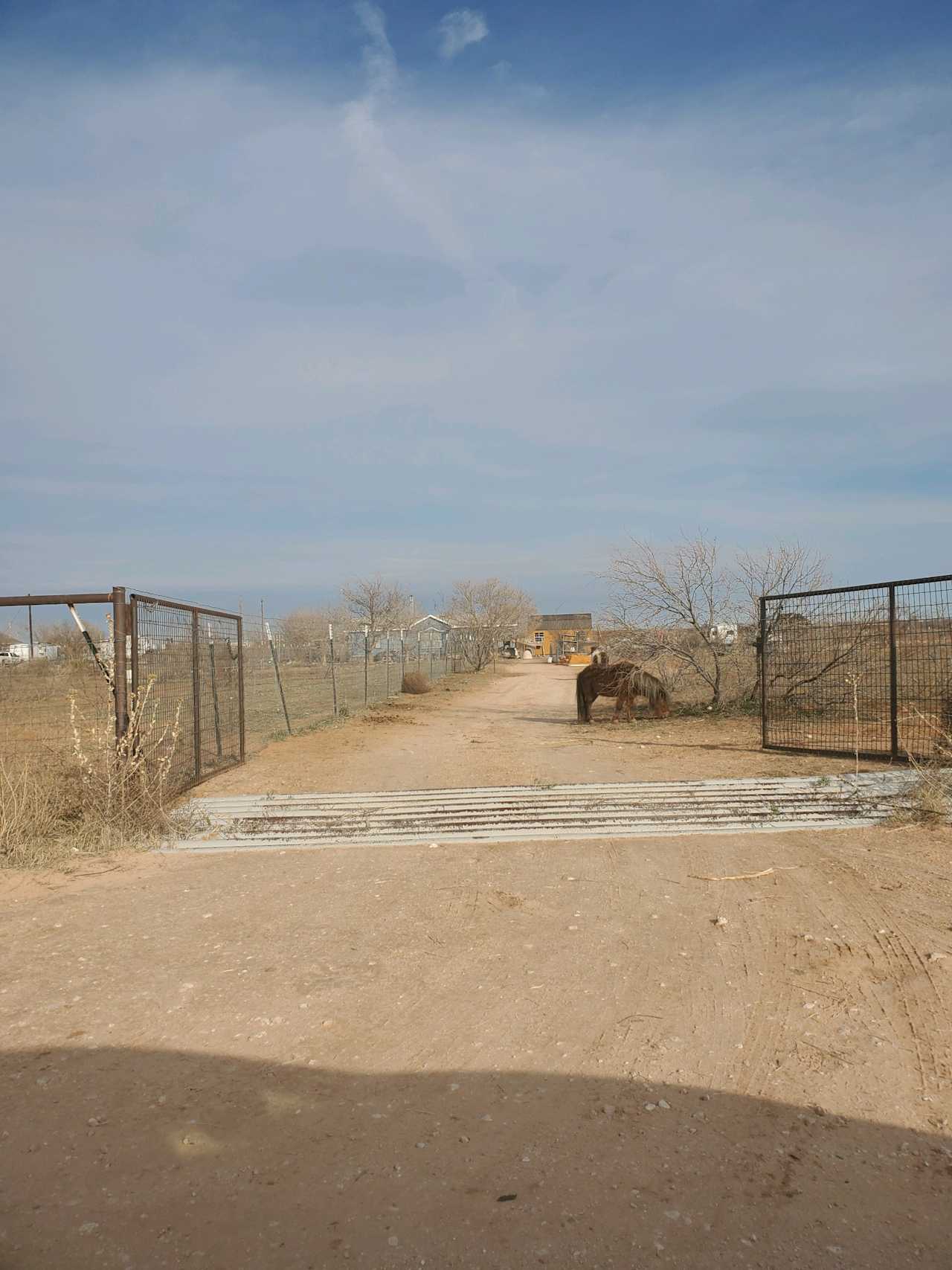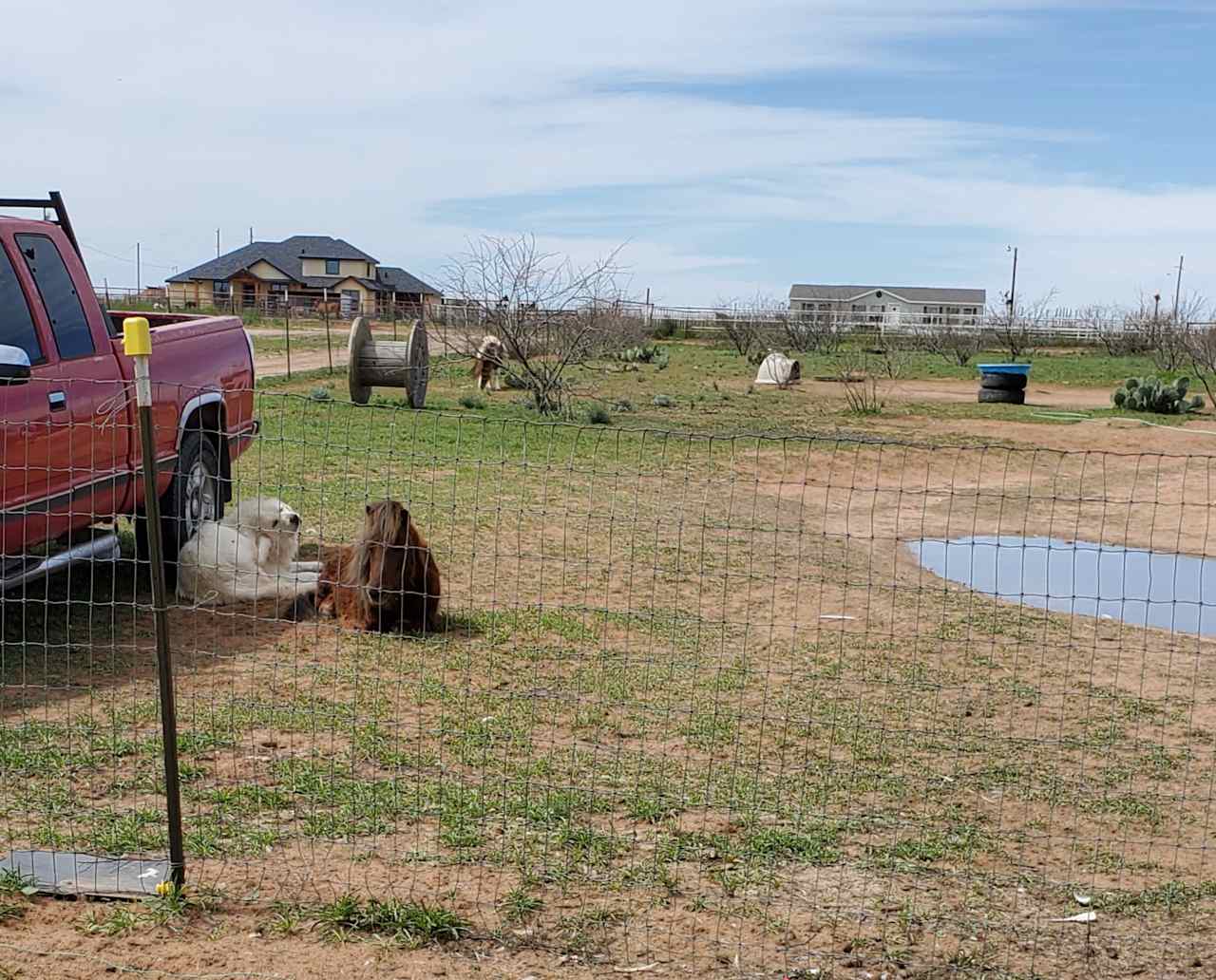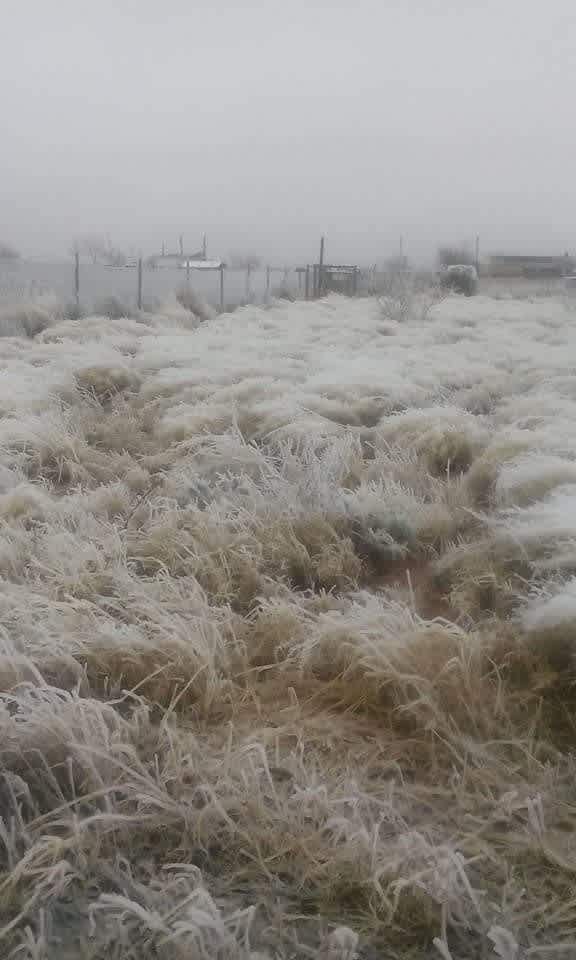Desert camping in West Texas with wildlife watching
Explore the vast arid expanses of Texas’s Wild West.
- West Texas
Popular camping styles for West Texas
Top desert campgrounds in west texas with wildlife watching


Desert camping in West Texas with wildlife watching guide
Overview
Characterized by a vast, open range area, with a mix of mountains and plateaus, this remote part of Texas has all the trappings of the Wild West. In fact, unlike the eastern part of the Lone Star State, which is often clubbed together with elsewhere in the American South, this region feels decidedly Southwestern, sharing much in common—at least geologically—with neighboring parts of both Mexico and New Mexico. this part of the state is largely arid, with hot summers and mild winters that can get cold at night, and it's a fantastic spot for camping during the fall and spring shoulder seasons.
Where to go
Northwestern Texas
The southwestern half of the Texas panhandle is often grouped together with West Texas and is home to the city of Lubbock. Geographically, it's part of the Llano Estacado, which extends into eastern New Mexico, among the largest mesas on the continent. Natural areas in the region include Big Spring State Park, Caprock Canyons State Park, and Palo Duro Canyon State Park.
The Trans-Pecos Region
The westernmost part of the state lies west of the Pecos River and is by far the least-populated area of the state. In fact, most of the region’s commercial activity takes place in the far west of town, in El Paso. Travel east from El Paso and you'll soon find yourself in the heart of the Chihuahuan Desert, home to the towering peaks of the Guadalupe Mountains National Park.
The El Paso Area
Although El Paso is more known for its historic sites and urban activities, the city and its surrounding areas have plenty for outdoor adventurers. Popular spots include Franklin Mountains State Park, a hit among hikers, and Hueco Tanks State Park & Historic Site, which offers a fine mix of hiking and rock climbing opportunities, plus around 20 campsites.
Big Bend and Around
Encompassing Big Bend National Park and Big Bend Ranch State Park and the surrounding areas, this part of West Texas is largely dominated by public lands. along with the Black Gap Wildlife Management Area and the Chinati Mountains State Natural Area. It gets its name from a large bend in the Rio Grande, which divides this region from neighboring Mexico.

















